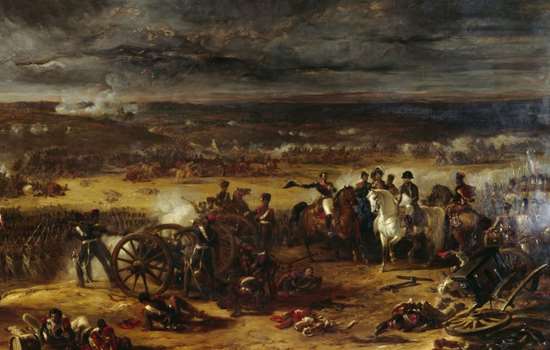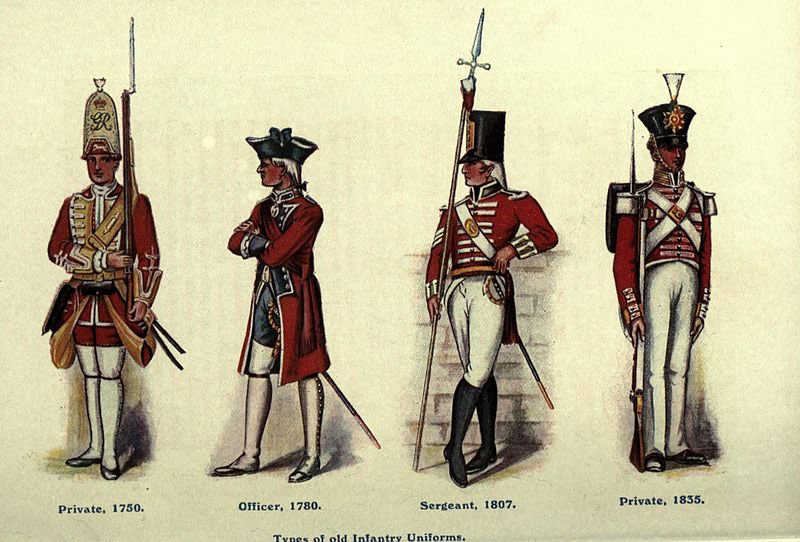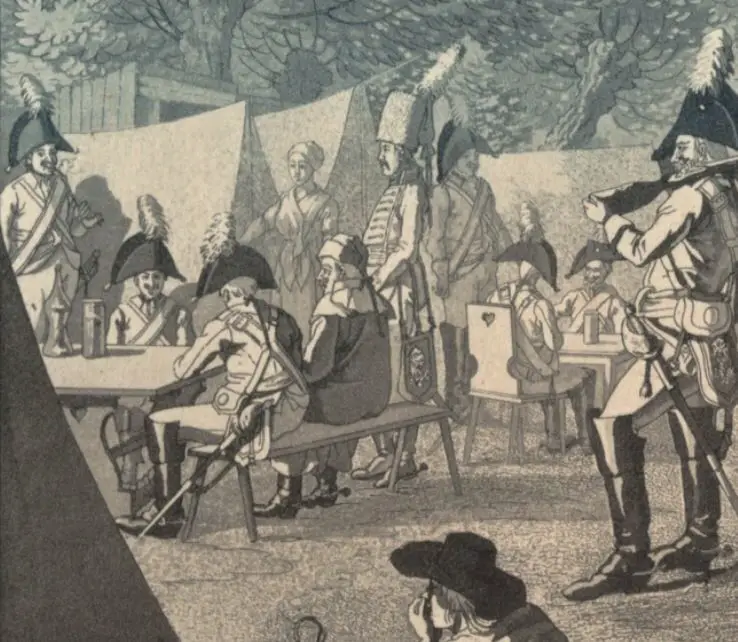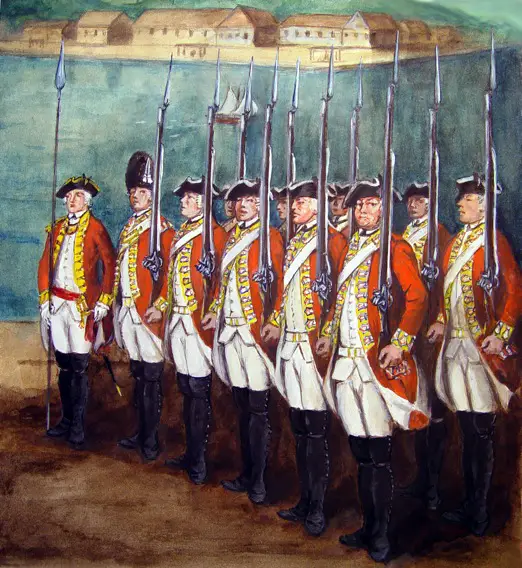England was one of the biggest colonizers of the world and had a majority of the countries of the world under their domination. As a result of this, England has also experienced a number of wars during that time. The Georgian Era in England began with King George I taking the throne in 1714, followed by King George II and III and ended in 1830 with the death of King George IV.
The reign of the Georgians was a period of conflict and England experienced many wars during this relatively short reign. The Jacobite Rising of 1745 marked the beginning of this difficult time. It was followed by the Seven Years’ War (1756-63), American War of Independence (1775-83), French Revolutionary Wars (1792-1802) and the Napoleonic Wars (1803-15). Besides, the increasing influence of the British also demanded manpower in their colonies.

As a result of these social and political changes, the need for a strong army and navy was felt. In order to supply for this need, the government started to make a lot of efforts to recruit men. These efforts resulted in the formation and growth of the armed forces in the country- both on land as well as on water.
The Georgian Era Army
Due to the turmoil that the country was experiencing, the British Government started recruiting soldiers on a mass level into their armed forces on the land. The life of the soldier was harsh, but many young men volunteered for it. One of the reasons for this was that it allowed them an escape from the difficult urban life. Besides, it also brought them great pride and social status.
The recruitment in the army was done by two methods. For the lower ranks, press gangs were formed who would pick men from the streets and recruit them in the army by force. The higher ranks could be bought in exchange for a sum of money because of the reputation that they brought to the people.
Apart from this, the willingness of an individual to pay money in order to serve their country was seen as a sign of their seriousness towards the affairs of the army. As a result of this, many young men from rich and reputed families were able to take up a senior rank in the armed forces. Along with this, voluntary admission to the army was also practiced.

The men who were commissioned in the armed forces came to be known as the Redcoats because of the bright red colored uniform that they wore. The Brown Bess musket was the most common weapon, which had a practical as well as symbolic value. The soldiers were properly trained to use the weapons in the camps and were often punished for making a mistake.
The camps in which the soldiers stayed during their training and wars were simple in terms of their design and the luxuries that they offered. Only the bare necessities were carried, majorly food, water, and weapons. In the camps, the soldiers were trained in the art of war and slow learners would receive punishments for their mistakes.
The punishments ranged from mild flogging to death sentence. While living in the camps, the soldiers were also exposed to a number of diseases and only the basic medical care was available.

The Georgian Era Navy
Recruitment to the Navy in the Georgian Era was no different from that of the land army and also offered a similar social status to the recruits. However, former sailors, bandits, and pirates were preferred for the same because of their prior experience with the sea.
However, it was also felt that such an action would keep the criminals away from the streets and make the cities much safer for the residents.
Once recruited in the Navy, age was a more important factor for promotion than skills and most young people were offered the higher ranks and positions only after the older sailors have died or sometimes, retired. There was no special uniform and the recruits were also expelled from the difficult life of the camps. However, they were supposed to take long sea voyages to the colonies that were under the British.

Merchant Navy and Naval forces were considered almost the same during this time and it was not uncommon for a naval soldier to take up a voyage for the purpose of trade. The young men who volunteered for recruitment to the Navy had to take up training at the Naval camps, where they were taught the basic skills like mapping and navigation. However, proficiency in mathematics was rarely compromised when it comes to naval officers.
The combined efforts of the naval and army forces of England helped the country to survive a number of wars. In return of their services, a good social status and reasonable salaries were offered to the recruits. Besides, the government also made sure that the debts of all the soldiers are also paid once they are recruited for serving the forces.